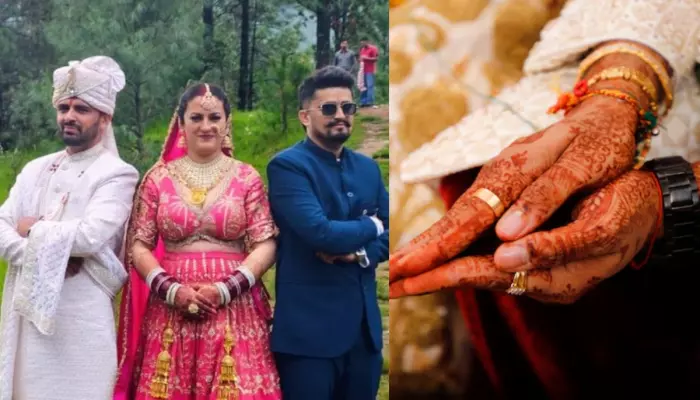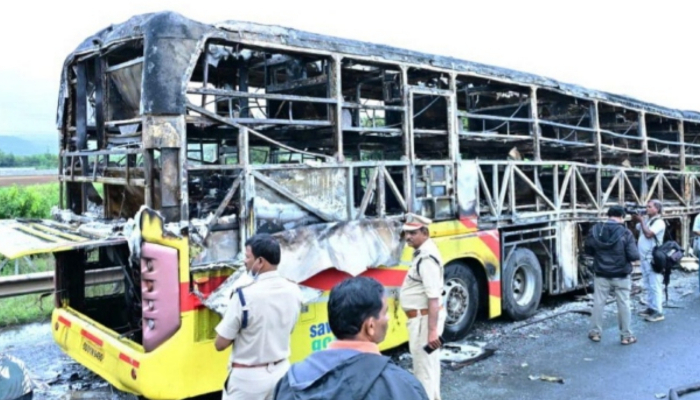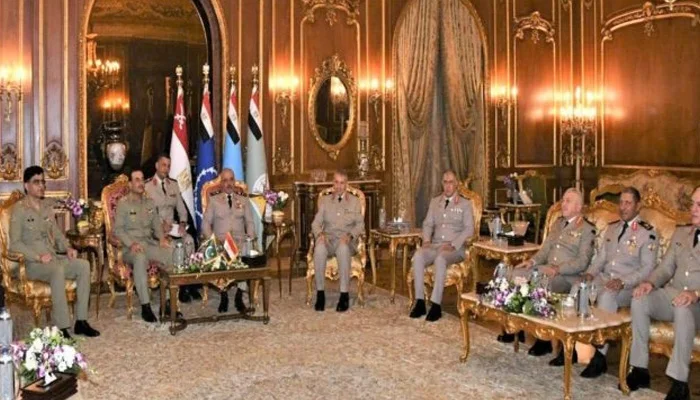In a rare and culturally significant ceremony, two brothers from the Hatti tribe in India’s Himachal Pradesh married the same woman, reviving the ancient, though now-declining, tradition of polyandry.
The unique wedding took place in Shillai village, situated in the Trans-Giri region of Sirmaur district, and was attended by hundreds of well-wishers, reported Gulf News.
The three-day celebration began on July 12, during which Sunita Chauhan wed Pradeep and Kapil Negi. The union, rooted in time-honoured customs, was marked by traditional dances, folk music, and sacred rituals. Videos of the event have since gone viral on social media.
Both grooms and the bride emphasised that the decision was mutual and made without any coercion, as per PTI.
Known locally as “Jodidara”, this form of polyandry is still recognised under Himachal Pradesh’s revenue laws. Though rare today, the practice remains socially accepted in certain areas. In Badhana village alone, five such marriages have been recorded in the last six years.
Village elders say such marriages now take place discreetly, though they remain socially accepted. Experts trace the origin of this practice to land preservation: marrying brothers to the same woman ensured ancestral property wasn’t divided. However, they also note that tribal women’s share in property remains a significant and unresolved concern, according to mint.
According to Kundan Singh Shastri, general secretary of the Kendriya Hatti Samiti, the tradition was formed to meet tribal life’s practical needs. “It helped prevent land fragmentation, promoted unity among brothers — even half-brothers — and ensured security through larger families. In hilly terrain, managing scattered agricultural land requires long-term, joint care,” he said.
“These needs kept polyandry alive for thousands of years, though such traditions are now slowly dying,” Shastri added.
The wedding followed the traditional “Jajda” ritual. In this, the bride arrives in a colourful procession to the groom’s home, where a sacred rite called “Seenj” is performed. A local priest chants mantras in the native language, sprinkles holy water on the couple, and offers jaggery — symbolising sweetness — while invoking blessings from the family’s Kul Devta (ancestral deity).

















